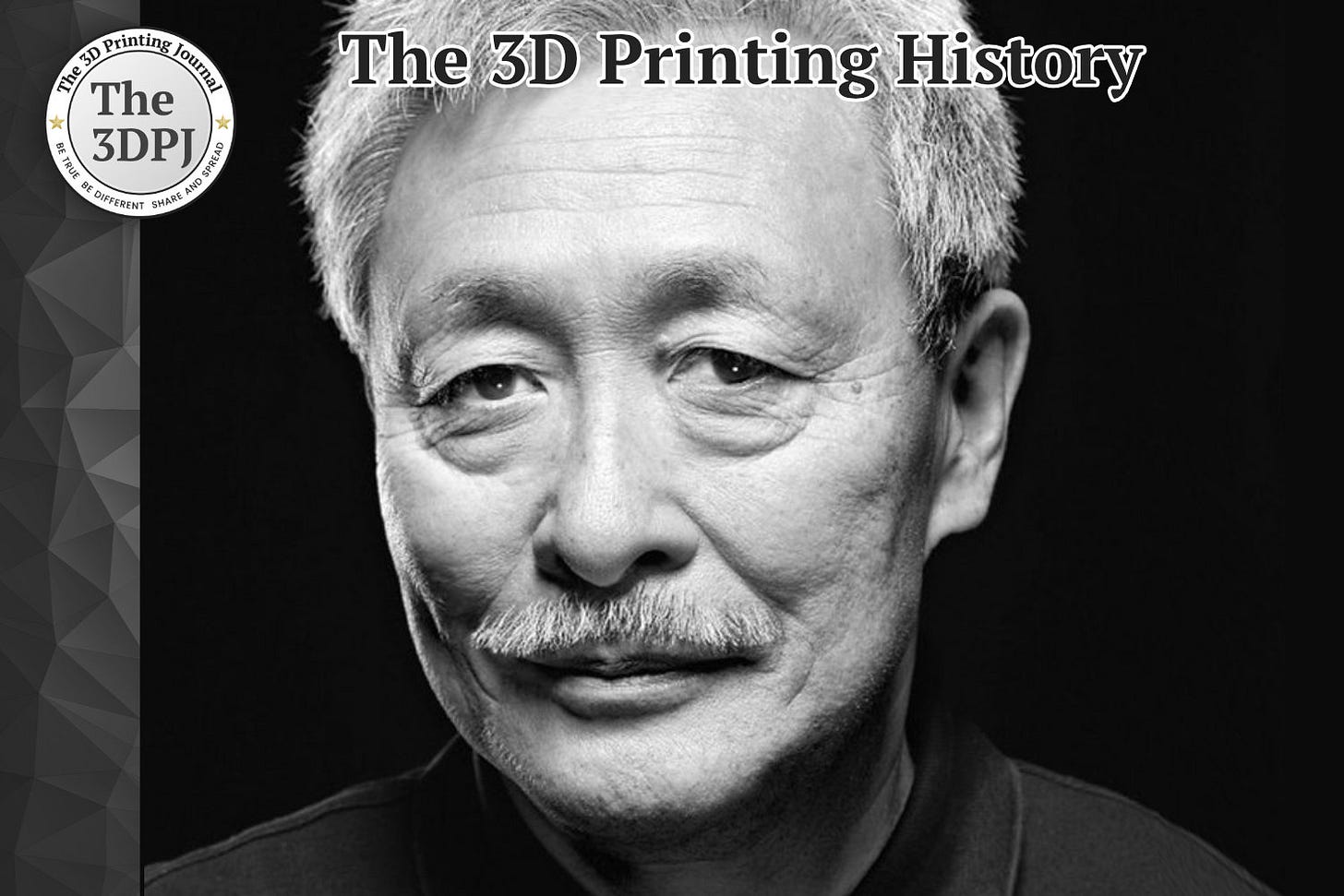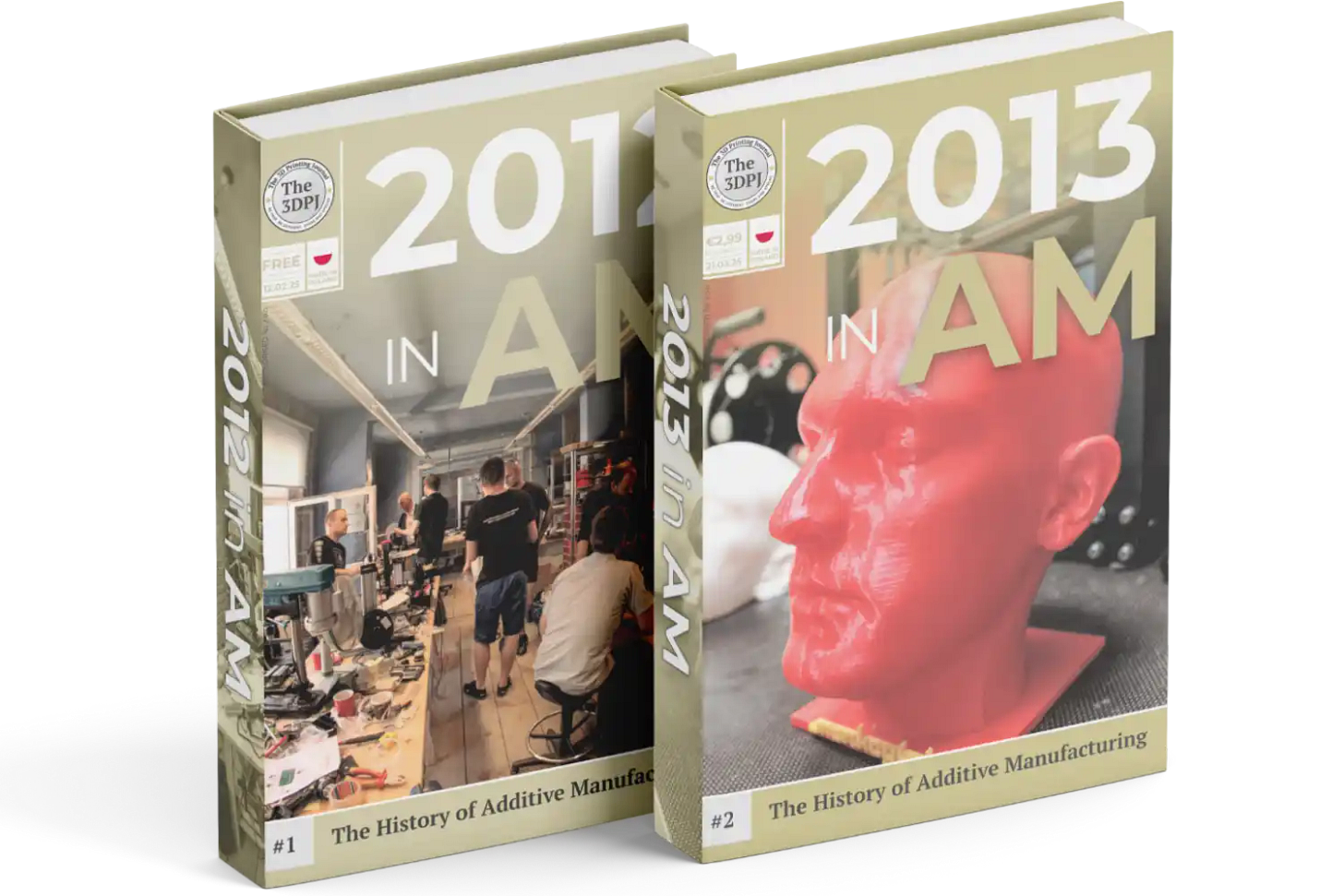04-12-1980: Hideo Kodama filed a patent application for the first AM technology in history, now known as stereolithography (SLA)
Unfortunately, due to procedural reasons, the patent was never granted…
On April 12, 1980, Hideo Kodama—a Japanese scientist and engineer—filed patent application no. JPS56144478A, in which he described a method for producing prototypes by curing liquid resins with ultraviolet (UV) light, layer by layer. It was, in fact, the first known description of stereolithography.
During the 1970s and 1980s, Kodama worked at the laboratories of the Nagoya Municipal Industrial Research Institute (NMIRI) in Japan. He conducted research on new methods of rapid prototyping aimed at accelerating the process of creating three-dimensional models without the need for traditional molding and machining.
In 1980, Kodama submitted a patent application describing a device for producing stereoscopic figures through the selective curing of photopolymers using UV light. In the proposed system, a vat of liquid photopolymer would be exposed to a UV beam, which would harden the material layer by layer, thus creating a three-dimensional object. This method aligned with the principles of stereolithography later developed by Charles Hull in 1983, who obtained a patent in 1986.
Unfortunately, Kodama’s patent application was never finalized, and the patent was not formally granted. The main reason was financial difficulty associated with the patenting process. Under the Japanese legal system, the applicant had to pay specific fees and meet formal requirements within a year of filing in order to maintain the application’s validity. Kodama, working within a government-funded research institute, struggled to obtain sufficient financial backing to cover these costs.
Despite the failure to secure a patent, Kodama did not abandon his research, although his later work never gained international recognition. He continued his scientific activity, publishing papers and exploring other aspects of technologies related to photopolymers and 3D modeling. In 1981, he published a seminal paper titled "Automatic method for fabricating a three-dimensional plastic model with photo-hardening polymer", which offered a detailed explanation of his layer-by-layer modeling approach. This publication is now considered one of the first scientific works to outline the principles of stereolithography.
After 1980, Kodama continued his work at NMIRI. In 1985, at the age of 35, he decided to begin a new career path as a patent attorney. From that point on, he was no longer involved in further research into 3D printing, focusing instead on his new professional role.
Despite his career shift, his earlier achievements were eventually recognized. In 1995, Kodama received the Rank Prize for his contribution to the theory of rapid prototyping, acknowledging his pioneering work from the 1980s. That same year, he met with Charles Hull, highlighting the significance of his earlier accomplishments.
Source: www.patents.google.com




